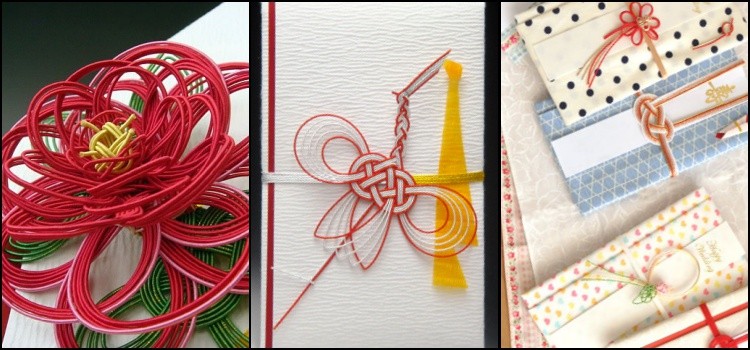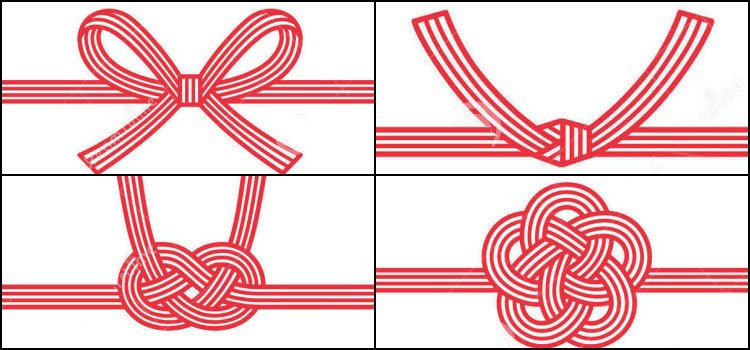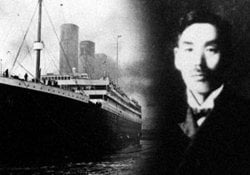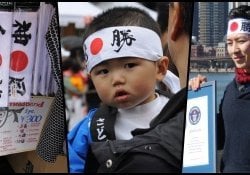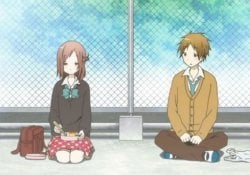In Japan, there is a culture of handing money in envelopes. This custom is frequent at weddings, the end of the year, the new year, thanksgiving and also between relatives, friends and children. These special envelopes are called Kinpuu (金封) or noshibukuro (のし袋). These envelopes are usually found in markets, stationery stores, konbini and other stores. You can find from cheap envelopes to some that cost more than 500 reais.
In this article, we will see more about this traditional culture of giving envelopes that are decorated with a string or bow called a mizuhiki, beautiful art and writing, as well as symbolic folds such as longevity and protection (awabi).
Índice de Conteúdo
Occasions for handing over the cash envelope
There are types of envelopes for each occasion, below we will see what each occasion is called, its meaning and what type of envelope we should deliver on that occasion:
Gokekkon iwai (ご結婚祝い) or Goshuugi (ご祝儀) – Envelope given at weddings as a gift and blessings for the wedding. For couples who are about to become parents, they usually receive an envelope as a thank you, the occasion is called Shussan iwai.
Otoshidama (お年玉) – In the New Year, parents and other relatives usually give money in envelopes to children. Nyuugaku iwai it is the occasion where parents and relatives deliver envelopes to their children on the first day of school. Sotsugyou iwai it is when a stage of school ends as in elementary and high school.
At the end of the year (Oseibo) in December as a way of thanking someone you give them a kinpuu. When a friend is sick (Omimai), or in the case of demise (Gokoden) you can also hand over an envelope of money thus showing your compassion. At any time in case of any favor (Orei) you can gift that person.
Types and parts of kinpuu or noshibukuro
The traditional cash envelope usually has the name of the person delivering it and the amount offered. Plus they are tied in a way and color that indicates their purpose. Gold and silver threads are used for weddings, white and red for happy occasions, white and black for sad occasions like death.
In the first image (top left) we have a type of loop called Hana musubi. It is often used on envelopes that are given to couples who have had a baby and children who have entered a new school.
The second image (top right) has an impossible-to-untie loop called a musubi-kiri. This bow is found on envelopes that are presented at weddings or funerals.
The third image shows a loop called Awaji musubi. This bow represents a long and good relationship between people and can be used in happy or sad occasions.
There are several other types of bows, shapes and decorations involving flowers and other elements of Japanese culture. What did you think of the tradition of handing out money in envelopes? Have you ever received or gifted someone?

